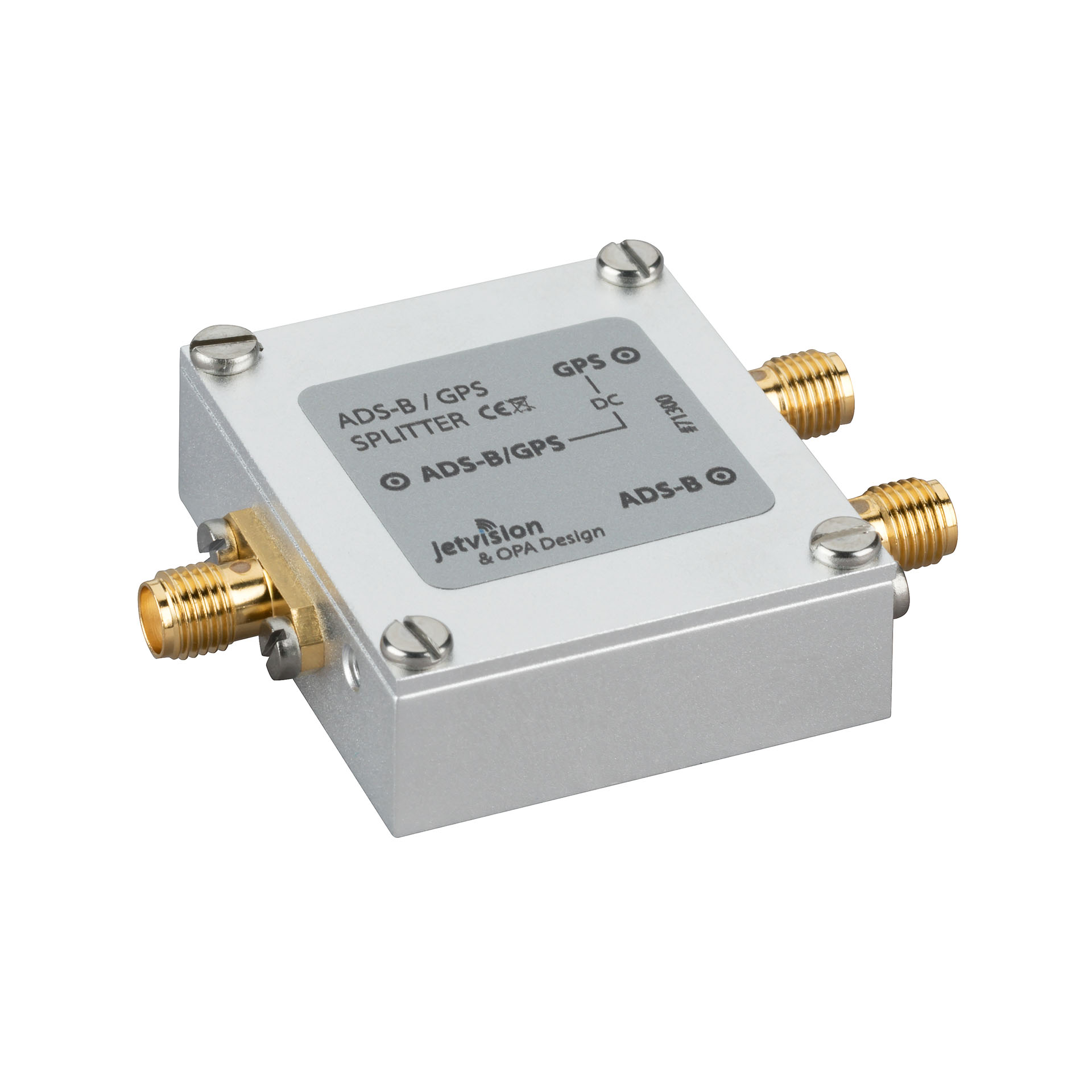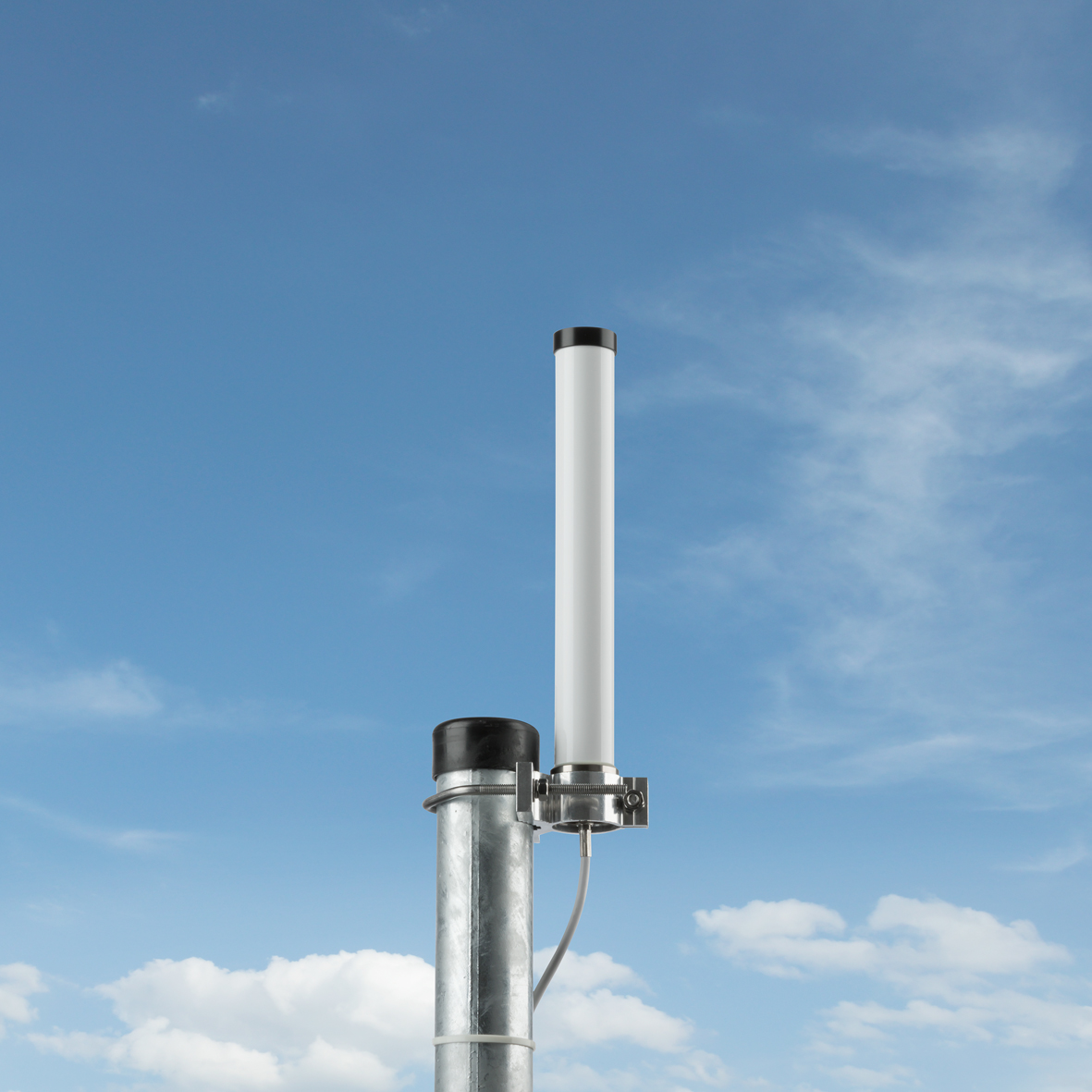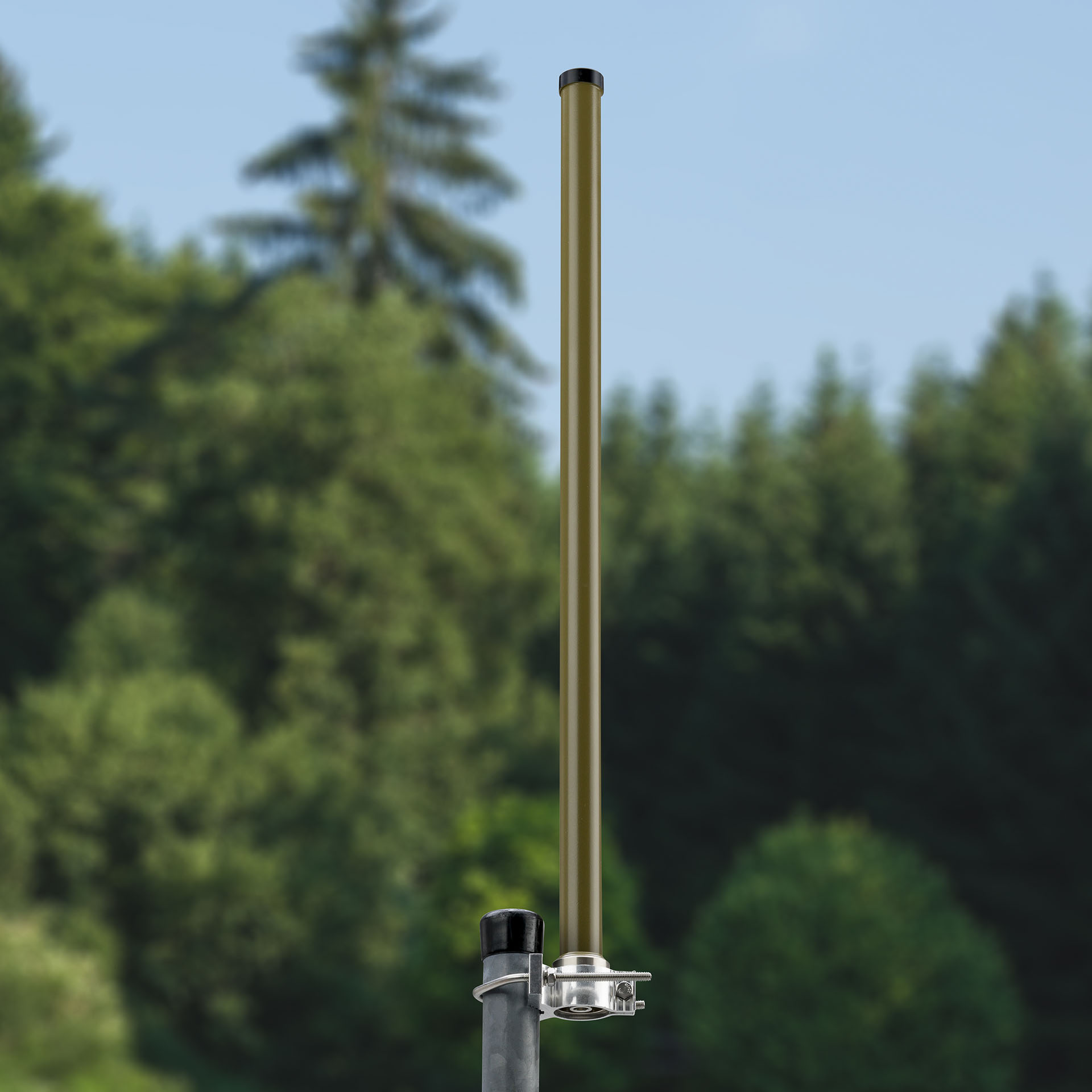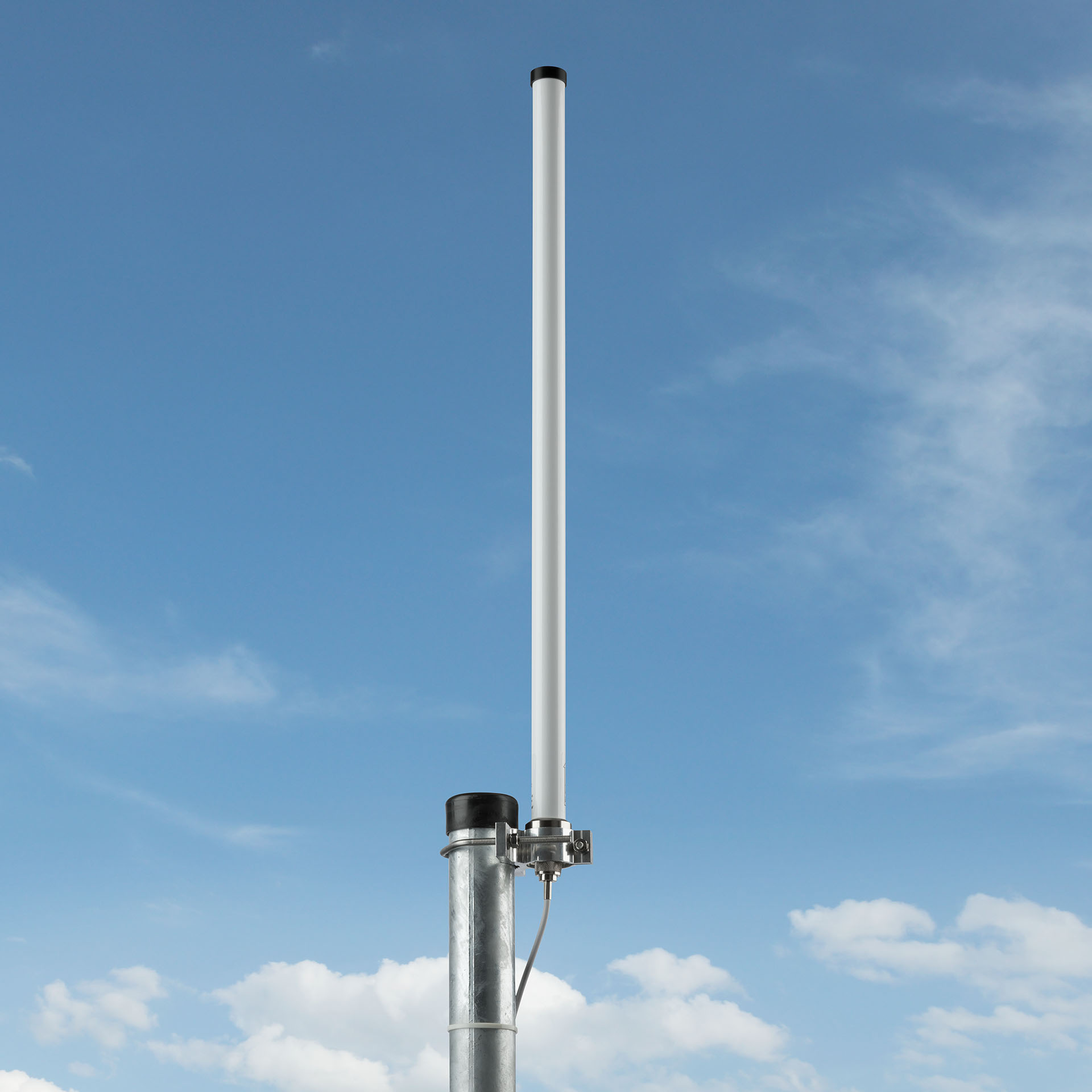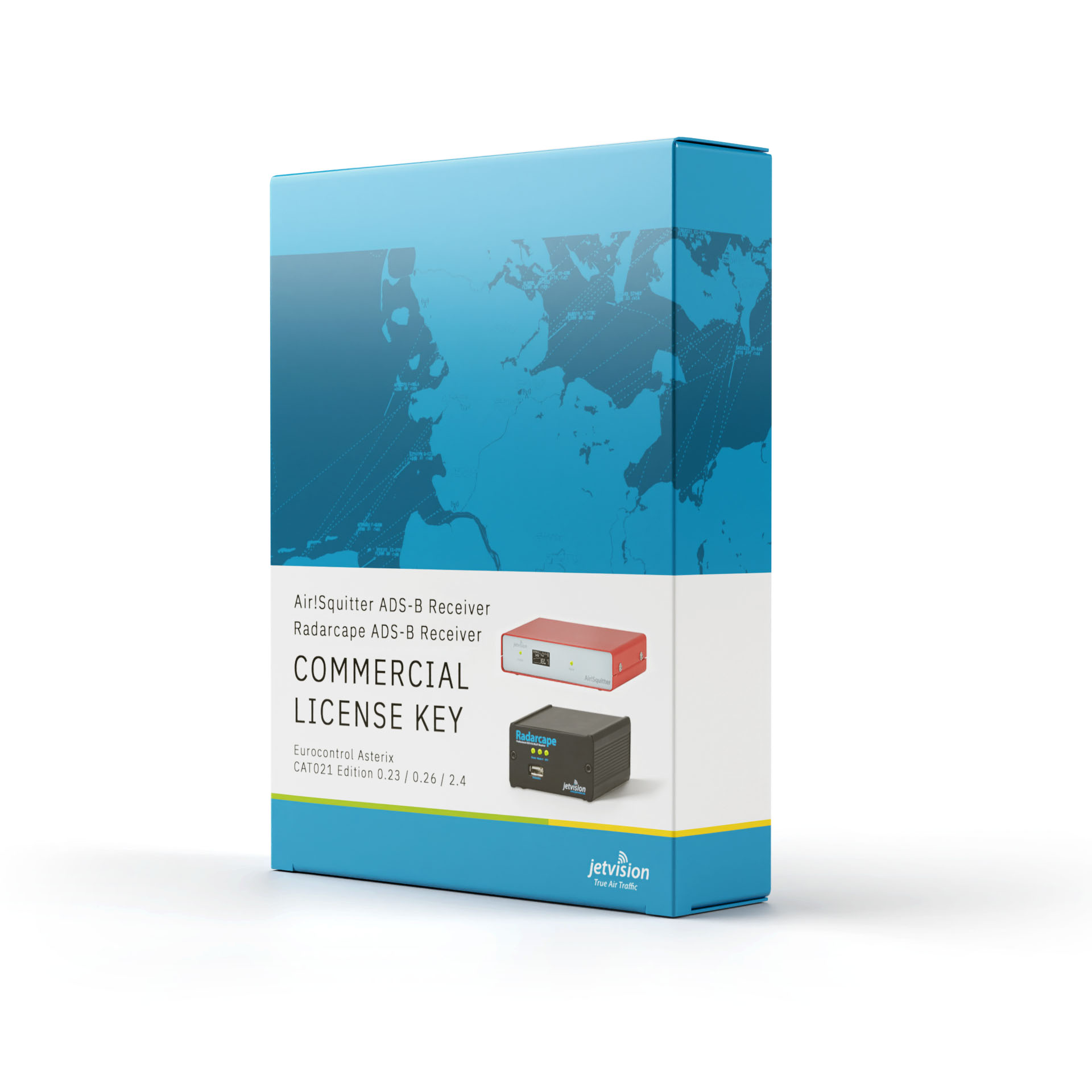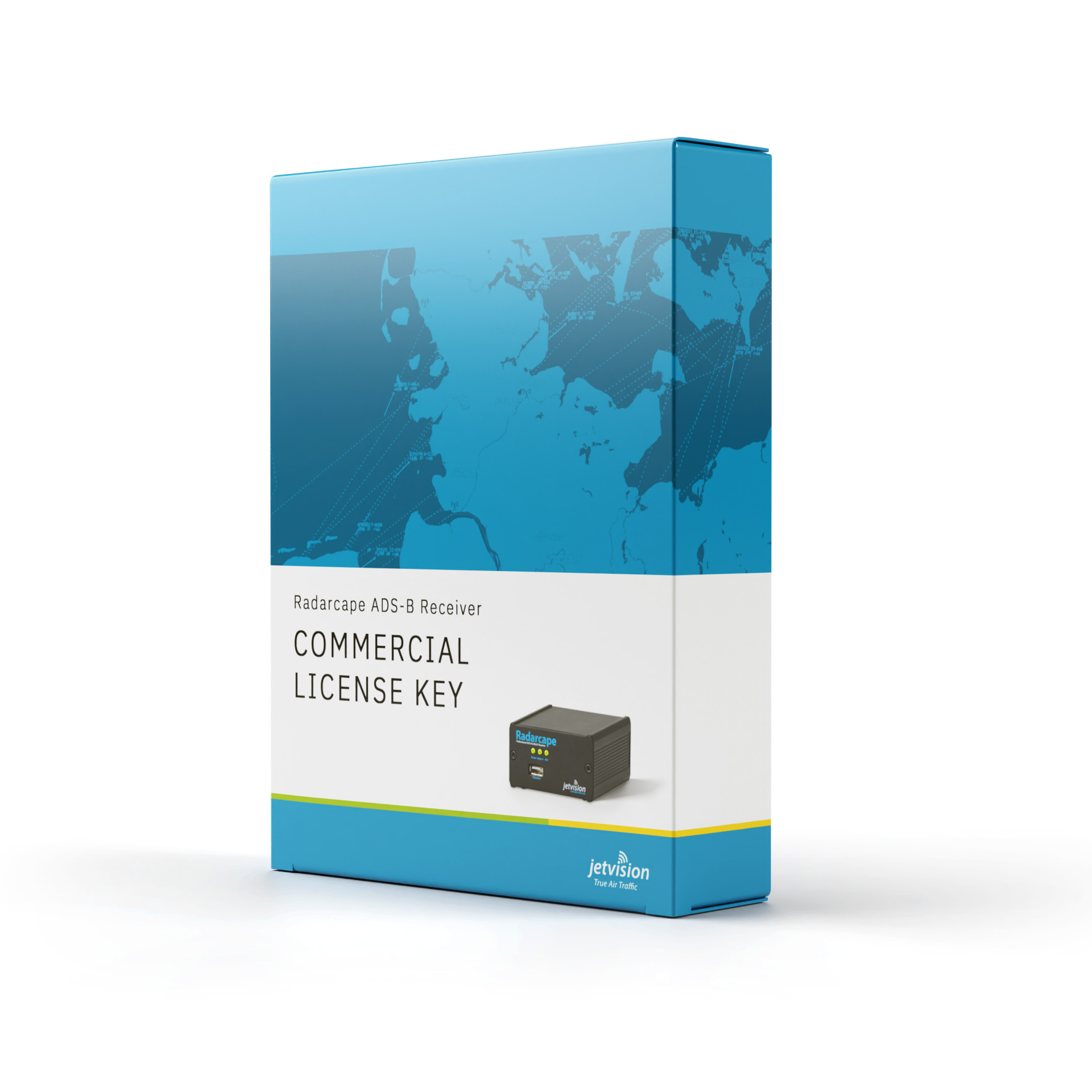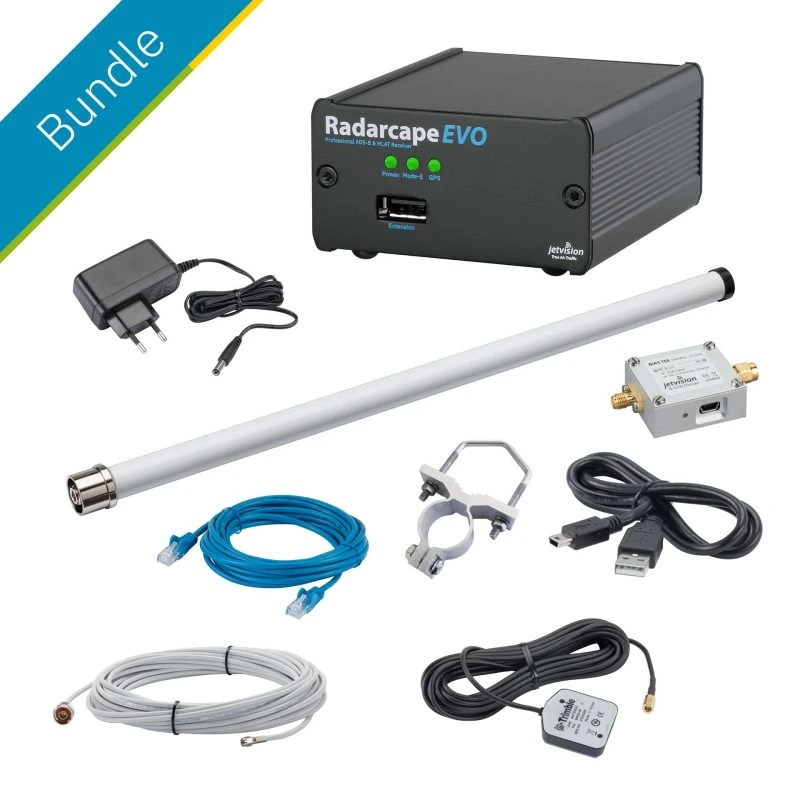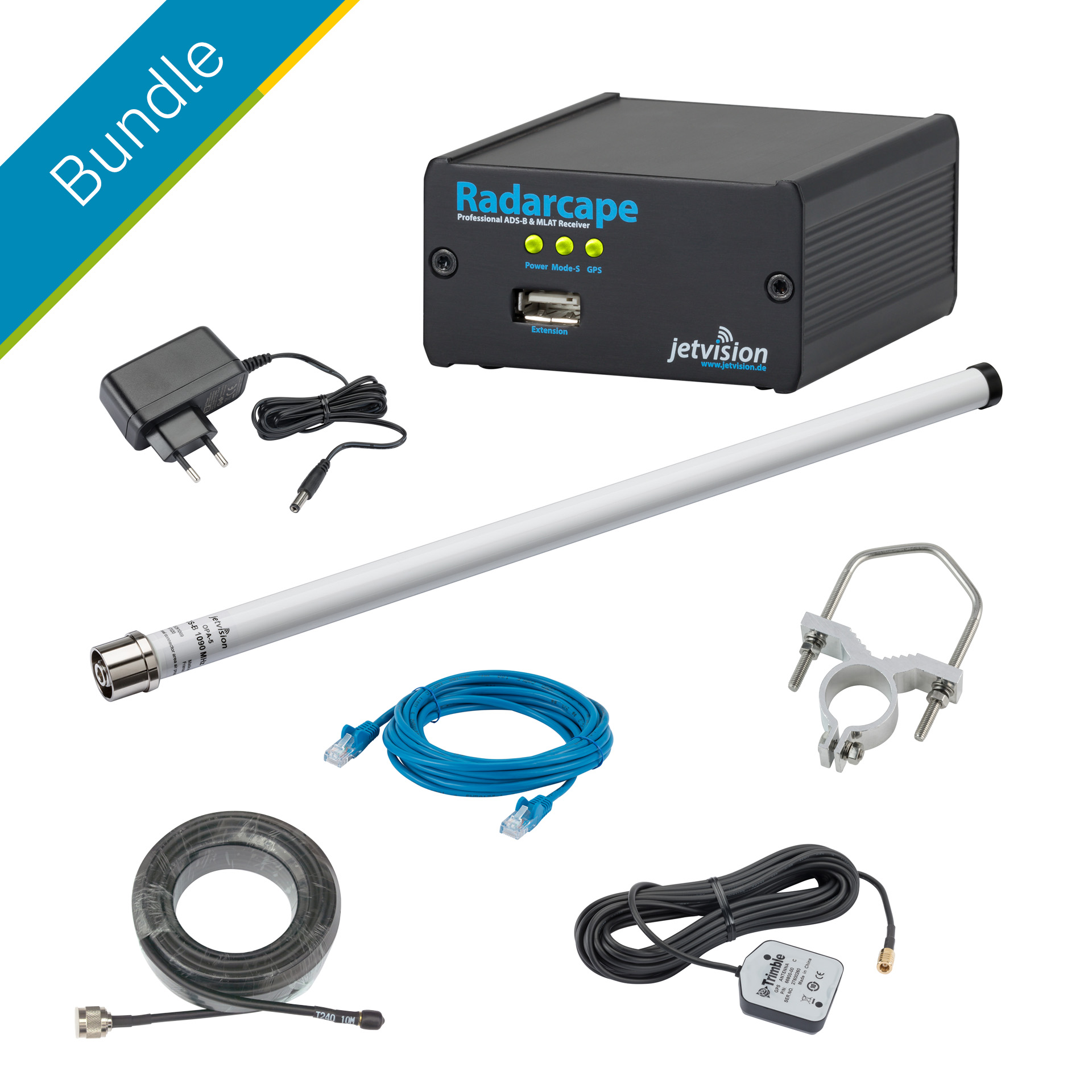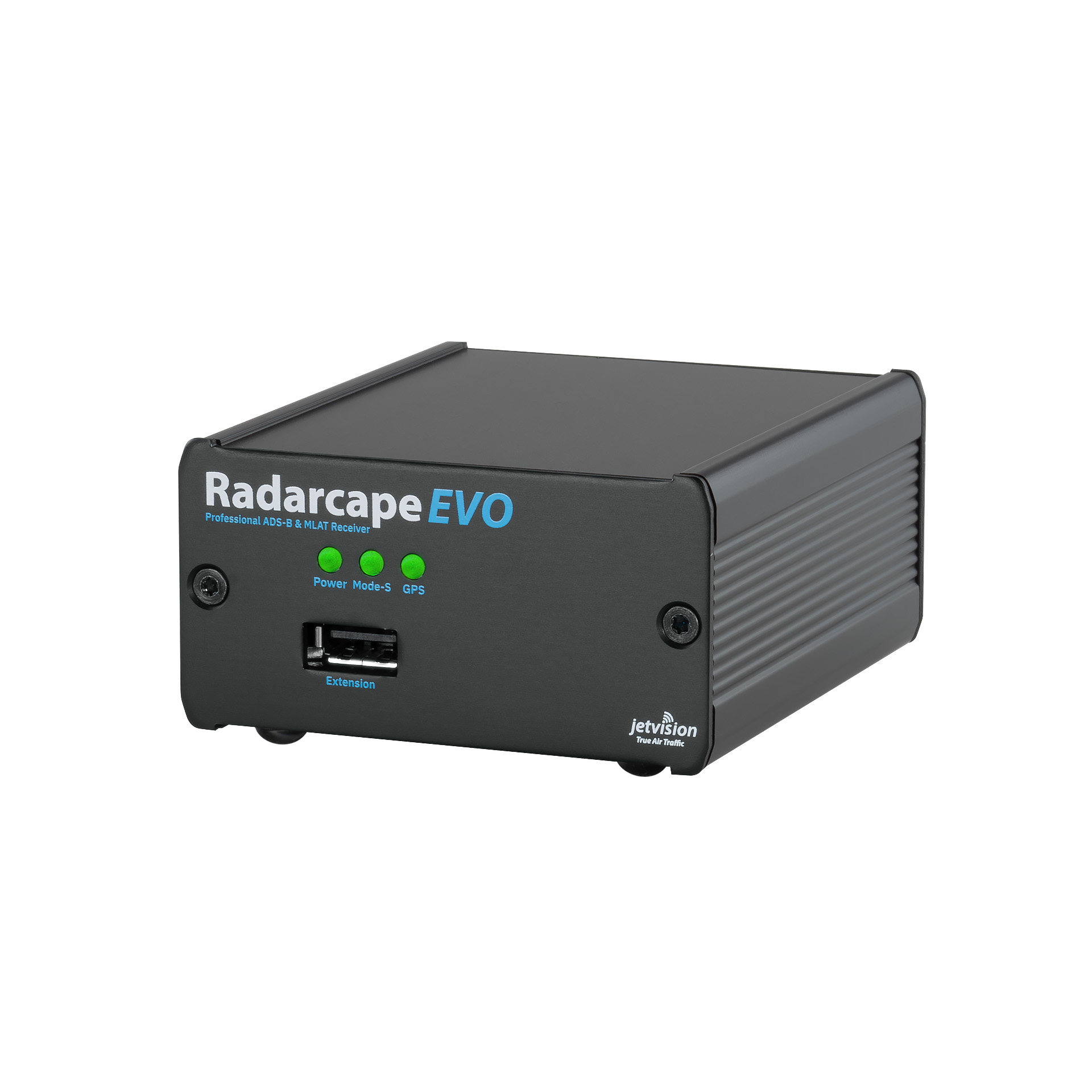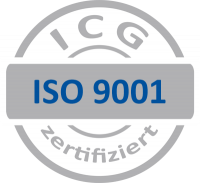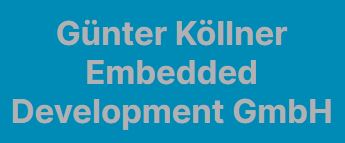ADS-B Receivers
The Flight Tracking industry standard for airports, services in the avionics environment, industrial use and ambitious private users
- Radarcape: Stand alone and plug & play. Currently the best ADS-B Receiver on the market for aircraft observation. Due to its very large reception radius, the highly sensitive device is often used as a 24/7 feeder for Flight Tracking websites such as FlightAware, Flightradar24 or ADSB-Exchange.
- Air!Squitter: Your ticket to professional Flight Tracking at an unbeatable price/performance ratio. One Receiver for all transponders: ADS-B, multilateration (MLAT), FLARM/UAT and feeders for all common tracking web services. Everything inside – simply connect to the antenna and get started.
- Sky Unit (request): Our Mode-S/ADS-B/FLARM/UAT receiver in 19″ format. With 1U, it is very space-saving – both as a single unit and with redundancy as a double unit. Power supply in the casing, lightning protection and narrow-band filters for safe operation in collocated environments. OLED status display for quick commissioning and troubleshooting.
- Sensor Station Industrial: All-in-one integration based on Radarcape or Air! squitter for use in harsh or industrial environments. Maximum reception thanks to narrow-band filters, even in the vicinity of transmitters. With protection against dirt and unauthorized access. Integrated power supply for all networks, lightning protection, LAN and LTE network*.
- Sensor Station Mobile: The portable and transportable solution for receiving Mode-S, ADS-B, FLARM and UAT. Integrated automatically and fully into the jetvision MLAT network via LTE as soon as it is switched on. Used as a temporary device for site evaluation, reference measurements and verifications. Mains-independent battery power supply with built-in charger. Access via built-in WiFi, LAN and LTE network or via the jetvision network anywhere else*.
- Sensor Station Outdoor: For the permanent use of a Radarcape or Air!Squitter outdoors. Integrated power supply, lightning protection, LAN or LTE network. Optionally also completely self-sufficient from infrastructure with solar power supply and battery capacity for up to 3 days with little sun*.
* The options mentioned are not standard, but can be configured on request.
